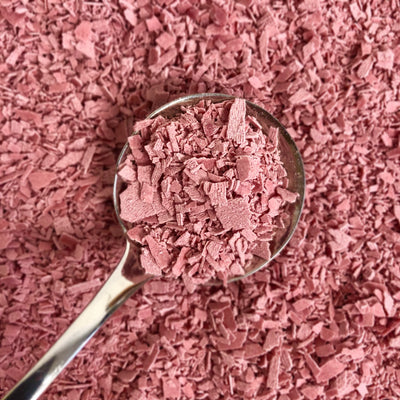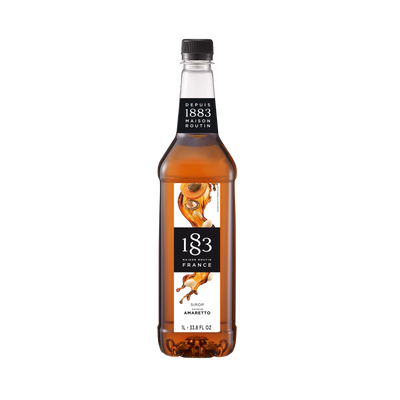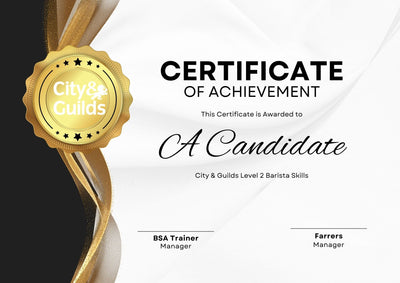How much caffeine is in coffee?
In today’s health conscious society we are all keen to monitor our food and drink intake and take a healthy approach to what we consume. Everybody knows coffee contains caffeine of course? But just how much is in there and what is caffeine?
WHAT IS CAFFEINE?
Caffeine is a natural occurring stimulant found in many seeds, nuts and leaves which are native to Africa and South America. Coffee is best known source of caffeine but it is also present in tea and cocoa. Caffeine works by blocking the neurotransmitter (adenosine) that relaxes the brain making you feel tired. It takes as little as 20 minutes for a cup of coffee to hit your bloodstream. Caffeine takes an hour to reach its full effect. Consumed in moderation, caffeine is helpful in preventing drowsiness and it can also cure headaches (though too much can also create headaches).
So is caffeine bad for you, how much is too much and how does it vary between different types of coffee?
IS CAFFEINE BAD FOR YOU?
Caffeine affects some people more than others, and the effect can depend on how much caffeine you normally consume. The NHS recommends that pregnant women should limit their intake of caffeined drinks to around 2 cups per day, other adults 4-5 cups young children should not consume coffee or other drinks high in caffeine.

(Photo by @giancescon on Unsplash: https://unsplash.com/photos/GxQ13MXLTHQ)
The benchmarked recommended caffeine intake recommends no more than:
≤400mg/day in adults (about 4 cups of coffee per day)
≤200mg/day in pregnant women (NHS guidance)
≤2.5mg/kg per day in children and adolescents
WHAT ARE THE BENEFITS OF CAFFEINE?
Little is said for the positive effects of caffeine but there’s lots of evidence to suggest that drinking a little caffeine is actually beneficial for you and the NHS’ official guidance states its fine to drink tea and coffee as part of a balanced diet.
Consuming 2 – 3 cups of coffee per day has been shown in studies1 to:
- Improve your mood.
- Reduce the risk of depression, suicide and brain diseases (Alzheimer’s and Parkinson’s).
- May allow you to burn more calories by improving your metabolism (aiding weight loss).
- Improve your short term memory and recall.
- Improve alertness and reaction times.
WHAT TYPE OF COFFEE HAS THE MOST CAFFEINE?
Caffeine content is coffee depends on many variables. For starters the type of coffee bean used plays a part, with the huge numbers of varieties available they all naturally contain different amounts of caffeine. Typically Robusta contains more caffeine than Arabica beans.
The roasting process plays a part too, as lighter roasts have more caffeine than darker roasts, which is not what you might expect. Of course, we can’t forget about the type of coffee we want to create either as the caffeine content can vary hugely between regularly brewed coffee, espresso, instant coffee and decaf coffee.
So, let’s spend a little bit of time looking at the different brewing methods to establish what kind of coffee has the most caffeine…

(Image by @heftiba on Unsplash: https://unsplash.com/photos/l_ExpFwwOEg)
HOW MUCH CAFFEINE IS IN AN ESPRESSO SHOT?
Espresso means ‘made under pressure’ and this type of coffee preparation is actually quite a good way to control caffeine consumption.
Although espresso has more caffeine per volume than regular coffee, it contains less per serving as the servings are small… A single shot of espresso is about 30–50ml and contains around 63 mg of caffeine. Espresso contains less caffeine on average than other brewing methods as the water is forced through coffee under pressure for around 25 seconds. This reduces the overall extraction of caffeine compared to other methods.
HOW MUCH CAFFEINE IS THERE IN LATTES AND CAPPUCCINOS?
Most coffee based drinks such as cappuccino, latte, macchiato, and mocha are all made using espresso shots mixed with a variety of different and varying amounts of milk. As milk doesn’t contain any additional caffeine, these drinks contain around the same amount of caffeine as straight espresso shot. If using a single shot, the drink would contain about 63 mg and for a double shot the drink would contain around 125 mg.
HOW MUCH CAFFEINE IS IN CAFETIÈRE COFFEE?
French Press or cafetière coffee is brewed by pouring boiling water over ground coffee beans in the bottom of the press, the plunger is then inserted, and the grounds are then left to brew. Once brewed and served in a regular cup (240ml) it can contain anywhere between 70–140 mg of caffeine, but the average is about 95 mg. As this method involves leaving the coffee to soak nearly all of the caffeine from the coffee can be extracted depending on how long you leave this to brew.
HOW MUCH CAFFEINE IS IN FILTER COFFEE?
Filter coffee brewing involves pouring hot water over coffee grounds. Gravity then pulls the water through the grounds, facilitating extraction, and dispenses it into a carafe placed below. Without pressure to quicken the extraction, it takes more time and water to produce which leads to a higher caffeine concentration. Once served a regular 240ml cup of filter coffee can contain anywhere between 115 – 175 mg of caffeine, with the average being around 145 mg.

(Image by @sxtcxtc on Unsplash: https://unsplash.com/photos/flrcFG0rvZU)
HOW MUCH CAFFEINE IS IN INSTANT COFFEE?
Instant coffee is made from brewed coffee that has been freeze-dried into granular form, which dissolve when water is poured over them. There’s no brewing process needed so as a result the cup of coffee usually contains less caffeine than regular coffee, with one cup containing between 30 – 90 mg.
DOES DECAFFEINATED COFFEE HAVE CAFFEINE?
Decaf is a totally different proposition. You might ask yourself, how much caffeine is there in a decaf coffee? And might be forgiven for thinking the name sums it up… but you’d be wrong because contrary to popular belief decaf is not caffeine free…
Decaf has had in the region of 97% of its caffeine removed through a process of washing the beans with water, by spraying with organic solvents or by filtering through charcoal or carbon dioxide filters, known as the Swiss Water Process.
The resulting product may contain caffeine, from zero to 7 mg per cup, with the average cup containing around 3 mg. But this can vary, depending on the type of coffee used, the de-caffeination method used and as with regular coffee types the cup size used.
So, in conclusion there are lots of variables involved in crafting the perfect cup, after all creating coffee is an art form in its own right.
WHAT KIND OF COFFEE HAS THE MOST CAFFEINE?
| COFFEE TYPE | SERVING SIZE | CAFFEINE PER SERVING |
| Espresso Shot | 30 – 52ml | 63 mg |
| Espresso Based Drinks (e.g. Lattes, Cappuccinos) – 1 shot of Espresso | 240ml | 63 mg |
| Decaf Coffee | 240ml | 2 – 3 mg |
| Filter Coffee / V60 Coffee | 240ml | 145 mg |
| Cafetiere / French Press Coffee | 240ml | 95 mg |
| Instant Coffee | 240ml | 95 mg |
At Farrers we know a thing or two about a thing or two, after all we’ve been selecting the finest green beans, blending and roasting in an artisan scaled operation for 200 years. We’ve sell coffee and tea blends for every occasion, for each type of machine and to suit every palate. We are extremely proud of our Lakeland origins. Take a browse through our range and if you sign up to our mailing list you’ll receive a 10% discount code to use on your next order!
1A review of studies published between 2001 and 2015 investigating the potential negative effects of caffeine. This involved 381 individual studies and largely focused on the adult population (79%) of all people reviewed.





